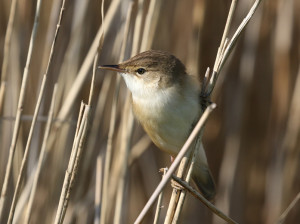
Winter birding brings its own set of treats and surprises but after months of weather typical for the season it has been nice to have some sunshine over recent days, albeit often with a chilling breeze. Yesterday morning was a bright start to the day and promised to deliver some new arrivals of migrant birds, both summer visitors and perhaps passage migrants. Currently I am lucky to have just a short drive to a location that delivers a good variety of habitats that attracts a surprising number and variety of birds at Higham Marshes and being there in the morning sunshine with the site full of birdsong was a delight.
My plan for the day was to start in an area of damp fields with patches of mature trees, scrubland and reedy ditches and walk across the grazing marsh dotted with wet areas up to the River Thames and see which migrant shorebirds were roosting on the patches of salt marsh at high tide. No sooner had I got out of the car than I heard the distinctive song of a Nightingale. Easy to hear but the next task was to actually see it.
Stopping to try and spot the singing Nightingale I was distracted by a Green Woodpecker that flew into a nearby tree. I more frequently see this species when it is feeding on the ground in grassy areas as it is easier to spot then, so it made a nice change to be able to get a photo of one in a tree, even if it was rather high up.
The crazy laughter of Green Woodpecker only drew me away from my Nightingale for a short time and although I was able to see lots of darting around in the bushes from where the song was coming it took a bit longer to get a decent look at this amazing songster. I tried to get a photo for a while but after failing for some time I decided it was best to leave this individual alone; there will be other chances over the next few weeks here.
Several singing male Blackcaps were not as reluctant to show themselves and this one in particular posed very well for me.
One of the most iconic sounds of Spring is Cuckoo and from within some dense vegetation I heard the call of this increasingly scarce bird. I saw it in hawk-like flight as it flew from one copse to another and before I could make the decision to follow it I was lured in the opposite direction by the sound of Lesser Whitethroat. The tail end of the song of this species reminds me a little of Nightingale with its bubbling finsh but the scratchy introduction is more reminiscent of the song of Common Whitethroat. I spotted this Lesser Whitethroat feeding on the nectar of the blossom.
Before heading out into more open habitat I had time to snap one of the many singing Chiffchaffs in the area. This bird is always easy to identify by song and here it is usually the most numerous warbler.
Out on the marsh the sound of Skylarks filled the air with a seemingly never-ending stream of them taking to the air in song flight only rivalled by the surreal sound of Northern Lapwings chasing off predatory corvids. I wanted to get to the river as the tide was rising so I didn’t spend the time needed to take photos of the specks in the sky that the Skylarks quickly become but the Lapwings were much harder to ignore.
The reedy ditches which criss-cross the marsh provide a habitat to a number of species, including noisy Marsh Frogs, but it was in these that the song of both Sedge Warbler and European Reed Warbler were originating. The fast, scratchy song of Sedge Warbler was coming from a partically hidden bird but the slower song of European Reed Warbler was being delivered by a very friendly individual as these photographs show.
Many of these migratory species were not present last week when I visited this location, so it was nice to see so many new arrivals. One bird that is not a summer visitor which likes the reedy ditches just as well as these warblers is Reed Bunting and they are looking very smart right now as they sing from exposed perches. This one was trying to cling on to its perch in the wind.
A look at my watch told me to get to the river for the high incoming tide and as I walked over the flood defences I saw a familiar figure standing exactly where I was headed; a local friend, Barry Wright. We were both anticipating a gathering of Dunlin and they had arrived before I did with around 900 birds present, along with a single Sanderling in its handsome rusty colours.
By sitting still with an incoming tide parts of the flock came very close to me allowing me to see a variety of Dunlin plumages in detail.
Many of these Dunlin were in a non-breeding plumage and given that they would be expected to be in their summer colours by now I guess that these are first year birds that will not breed this year along with some older birds that are not as fit or well-nourished as they might be and so have delayed moult.
As the tide began to recede again some other shorebirds arrived including a single Grey Plover, some Common Redshank, a pair of Oystercatchers and at least 24 Whimbrel.
For those who enjoy gulls there was also plenty to see with large numbers of Herring Gulls and Black-headed Gulls along with Great Black-backed and Lesser Black-backed Gulls. Barry spotted a couple of adult Little Gulls heading down the Thames and I photographed a second year Yellow-legged Gull. Mediterranean Gulls were very obvious too with may adults and this subadult bird.
It was nice to find a spot sheltered from the wind to eat a late lunch and watch birds passing along the river as well as this nice Northern Wheatear.
The only thing left to do was now to take the long walk back across the marsh to the car, there is a good reason that this is a lonely spot, but there were still birds to add to the day list and a few nuce photo opportunities including this Mute Swan, bird that is always at its best in flight.
Among the mass of Skylarks there are smaller numbers of Meadow Pipits that sing on the grassland of the marsh. Presumably they do breed here in small numbers, easily missed among the more vocal Skylarks.
Tired legs at the end but a great walk and reason enough to come back for my first Swifts of the year and hopefully there are still Turtle Doves that breed in this area to be found over the next few weeks.


 April 26th, 2021
April 26th, 2021  Nick
Nick 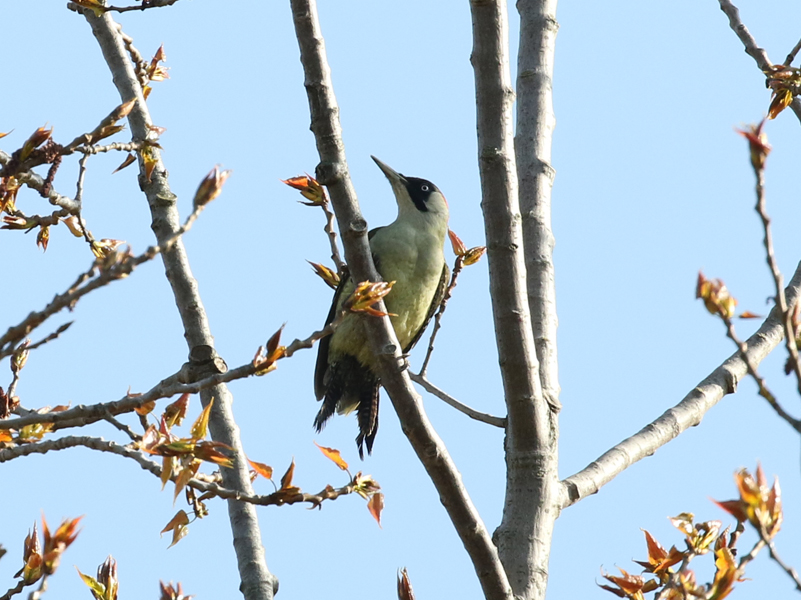


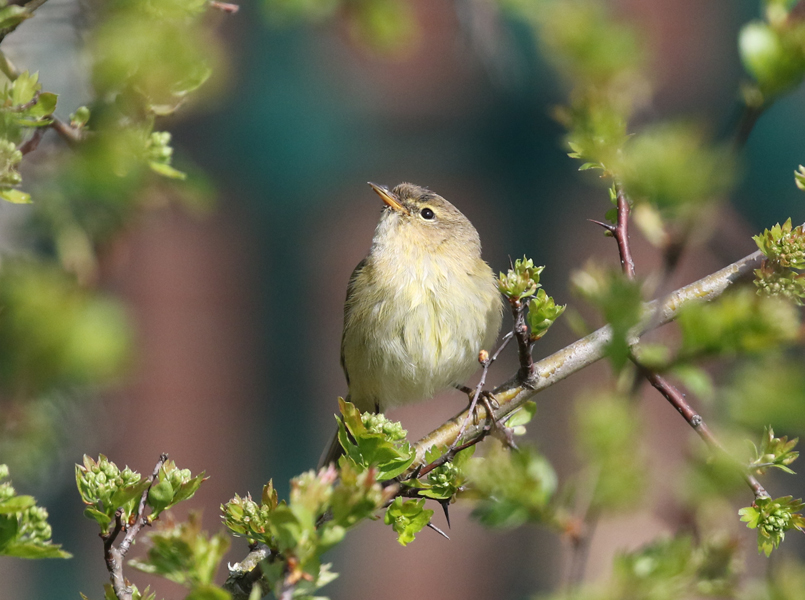
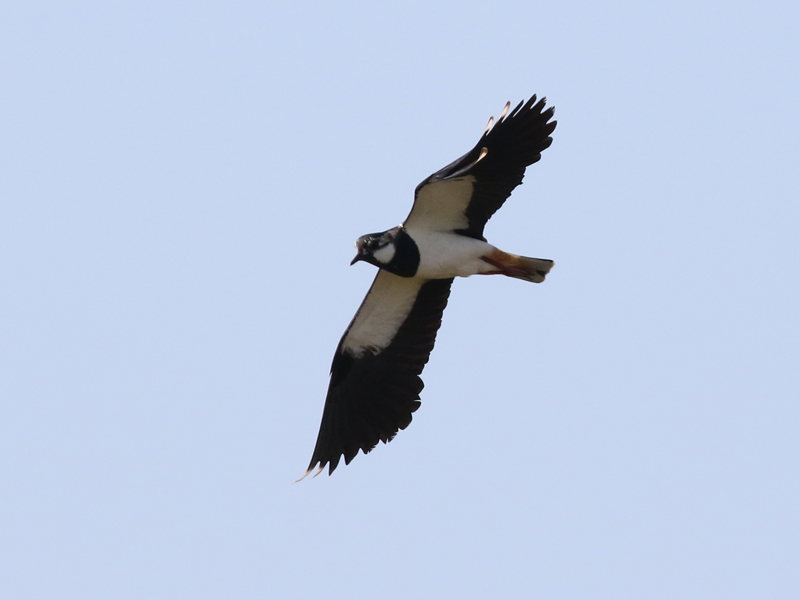
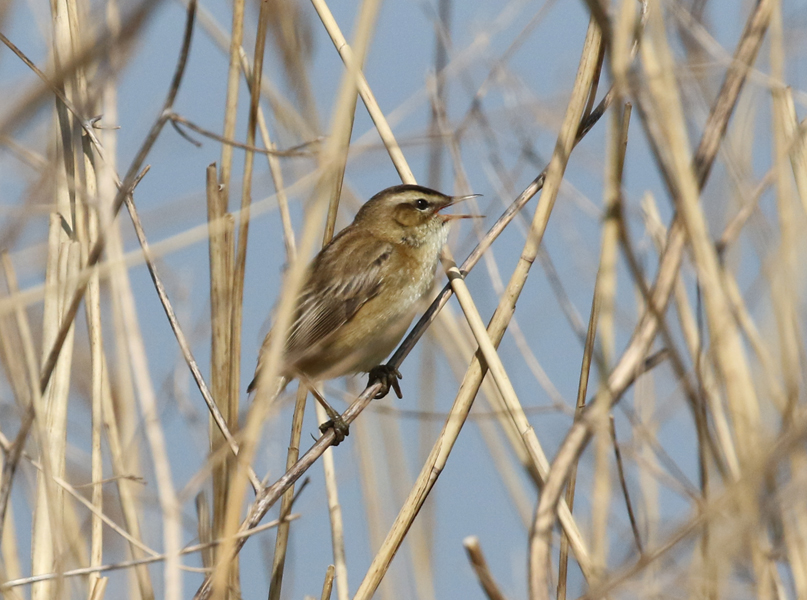
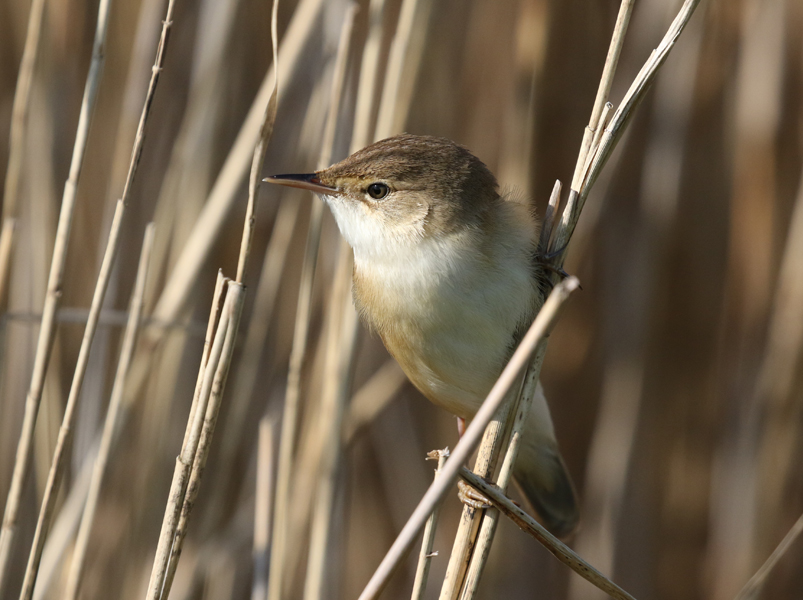
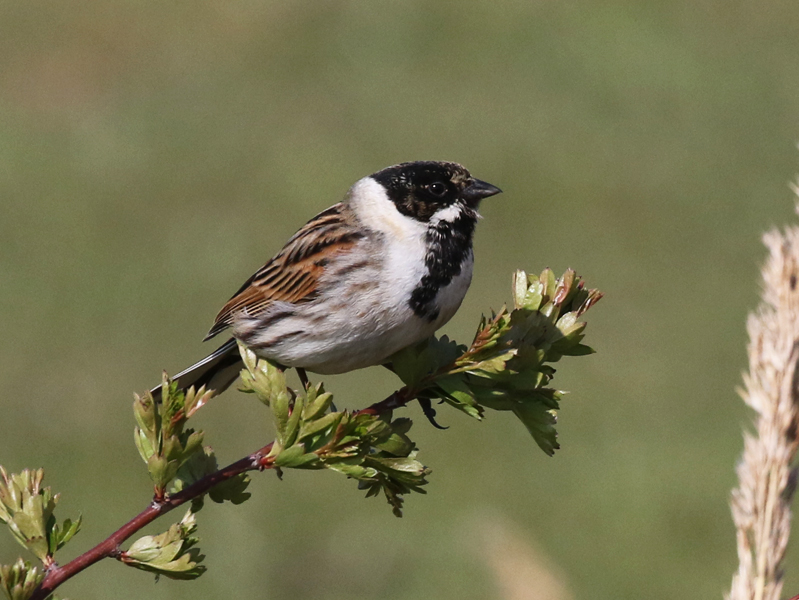

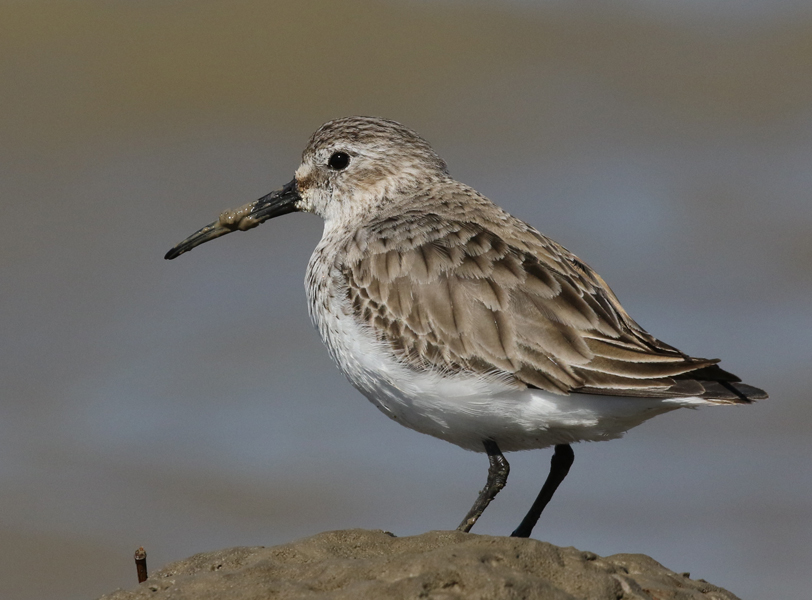
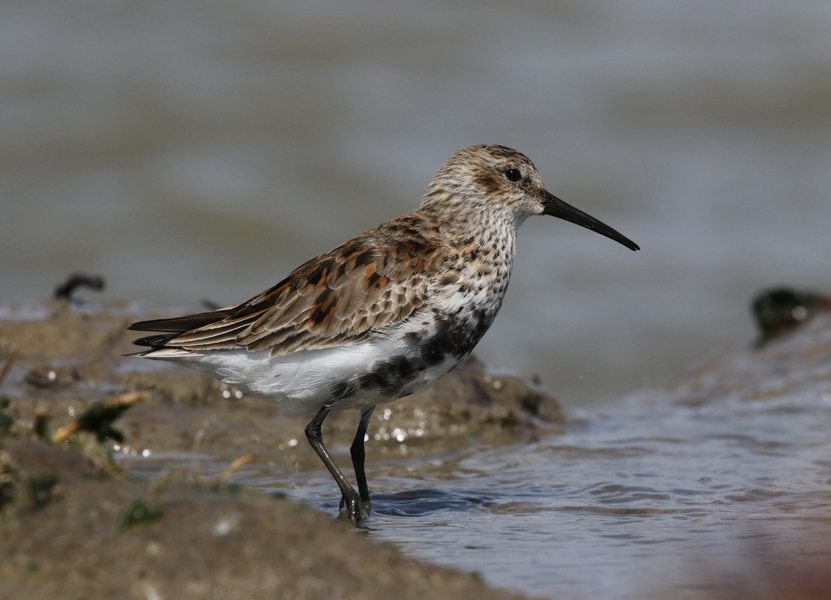
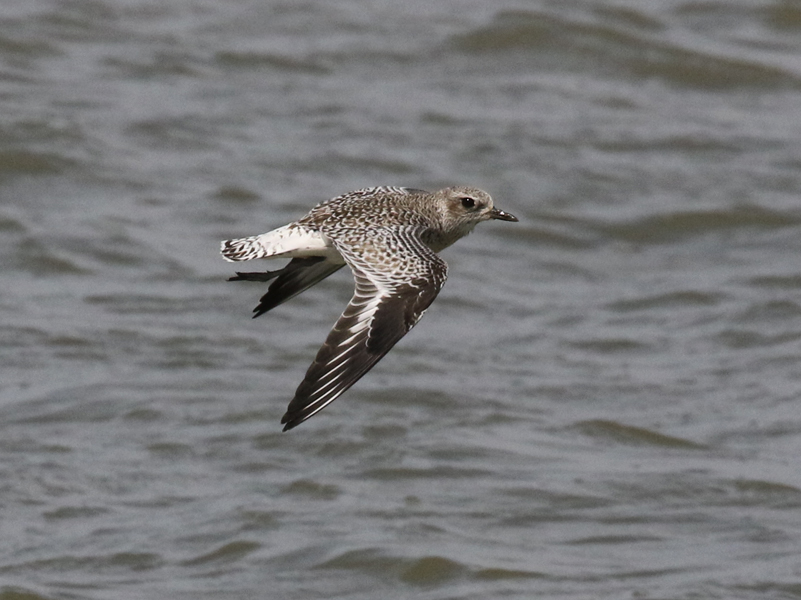
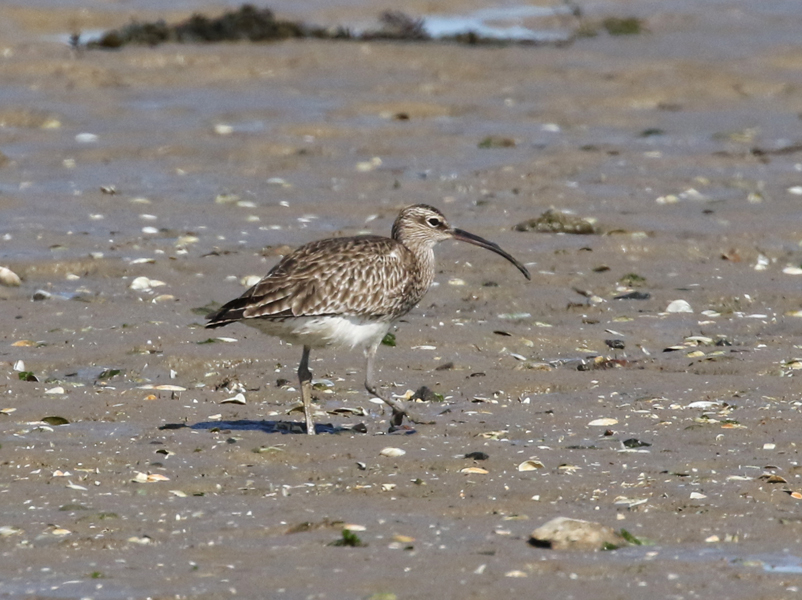

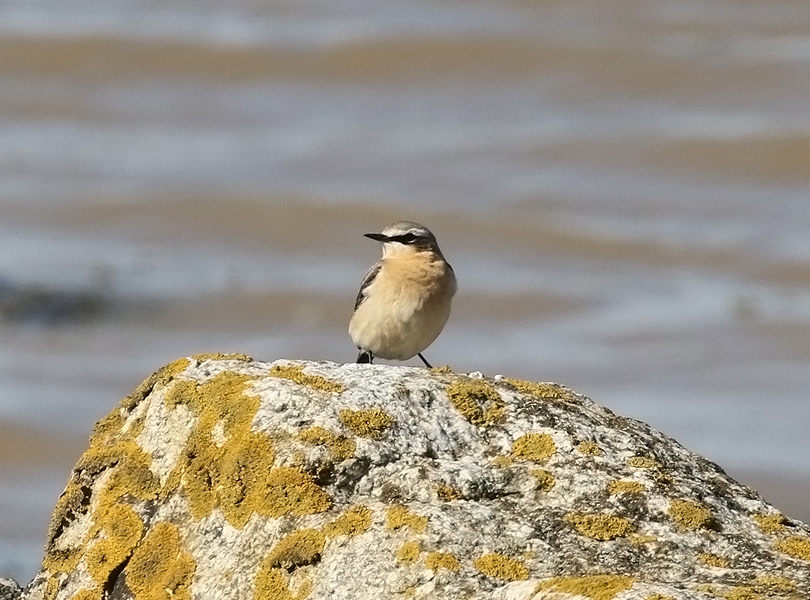


 Posted in
Posted in  Tags:
Tags: 








